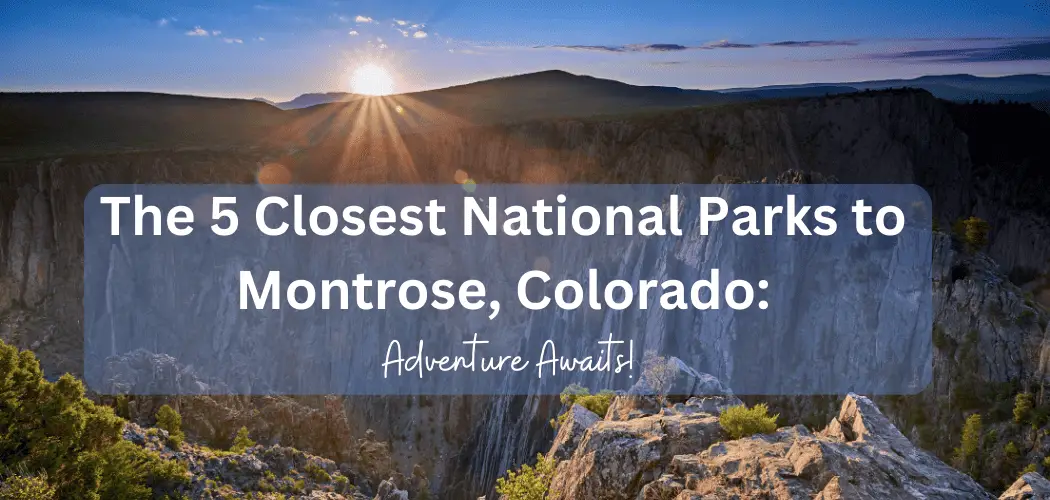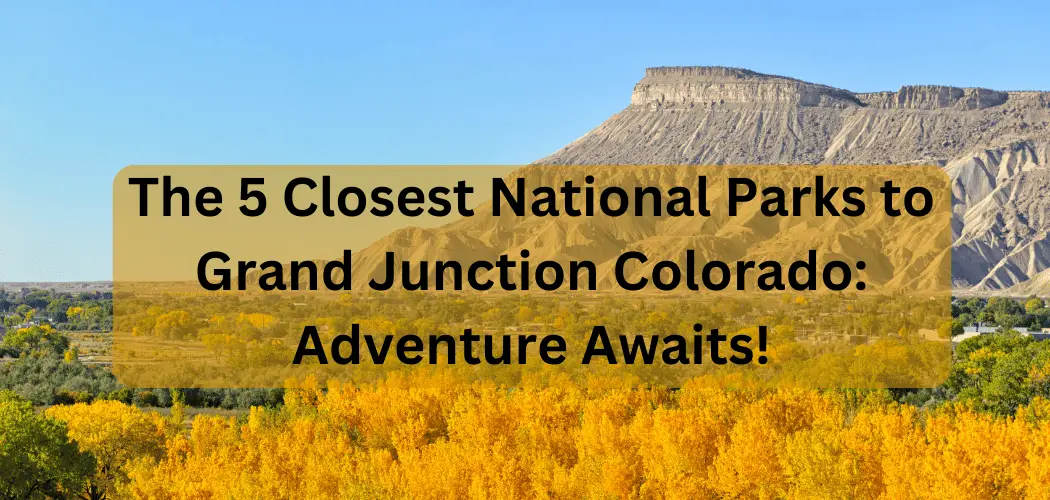 For those adventurous enough to brave the great outdoors in the midst of winter, snowshoeing is an enjoyable pastime. It provides a great cardio workout and floods your system with feel-good endorphins. The panoramic views of Mother nature in all her glory aren’t too bad, either.
For those adventurous enough to brave the great outdoors in the midst of winter, snowshoeing is an enjoyable pastime. It provides a great cardio workout and floods your system with feel-good endorphins. The panoramic views of Mother nature in all her glory aren’t too bad, either.
One of the best things about snowshoeing is you don’t need any special skills to do it. If you can walk, you can snowshoe. Unless you’re traveling uphill.
Just like going for a walk or run, traveling uphill always presents greater challenges than moving across a flat surface and may require a few tweaks to your technique. Here are some tried and true tips to help you navigate your uphill climb.
Assess the Hill
 It sounds simple, but this piece of advice is often overlooked. Take a moment to look at the hill with an analytical eye. Assess the severity of the slope of the hill and consider the best approach. Just like with walking, biking, and running, the steeper the slope, the harder the climb will be.
It sounds simple, but this piece of advice is often overlooked. Take a moment to look at the hill with an analytical eye. Assess the severity of the slope of the hill and consider the best approach. Just like with walking, biking, and running, the steeper the slope, the harder the climb will be.
Considering the hill is covered in inches of snow and possibly ice adds in another layer of difficulty. Pay attention to what type of snow is covering the hill as well. Is it powdery and fluffy or packed and smooth?
Powder snow will create more resistance because your foot will sink with each step. Packed snow may provide better traction. If traveling on powder snow, a hiking or trekking pole is often a huge help.
Another point to consider is the direction of your climb. Preferably you would always be able to travel in a straight path from the bottom of the terrain to the top. If the hill has a pretty steep slope, you may not be able to physically accomplish this. Instead, climb in a zig-zag pattern up the hill.
Also keep an eye out for any loose rocks or any conditions that can contribute to an avalanche.
Walk on Your Toes
 The design of snowshoes are great for navigating flat landscapes. But, when you start trying to ascend steep slopes they become a little cumbersome and difficult to move.
The design of snowshoes are great for navigating flat landscapes. But, when you start trying to ascend steep slopes they become a little cumbersome and difficult to move.
Try a different snowshoeing technique with your weight distributed on your toes instead of the ball of your foot. This weight distribution allows the crampons, or little metal spikes on the bottom of your snowshoe, to gain enough traction in the snow. This allows you to swing your other foot (toe first) out into the snow.
A lot of the modern day snowshoes have an additional heel lift lock that can be used to keep your pressure on the toes of the snowshoes specifically for snowshoeing uphill.
Use a Heel Lift
When climbing steeper terrain, using a heel lift can be a lifesaver. It’s a device that does what the name suggests.
It keeps the heel elevated when the bar is lifted, which in turn keeps the foot in a level plane while traveling uphill. This greatly reduces strain on the back of the leg, particularly the calf area and Achilles tendon. It can also conserve energy as you don’t have to put forth as much effort to raise and lower your foot and leg.
Once you reach the top of the hill, simply lower the bar back down to lower the heel lift and return your foot to its natural position. Many snowshoes come already equipped with this device.
Traverse Side to Side Up the Hill
 If the hill you are climbing is of a particularly steep variety, you may have to change your approach. Instead of climbing straight up the hill, move in a sweeping back and forth pattern.
If the hill you are climbing is of a particularly steep variety, you may have to change your approach. Instead of climbing straight up the hill, move in a sweeping back and forth pattern.
This motion, called traversing, is done by:
- Turning your body sideways to where you are standing perpendicular to the hill.
- Use the uphill side of your snowshoe to press into the snow as you step.
- Your body weight will create a divot or ledge in the snow as you progress up the hill.
- Continue to keep your weight centered on the uphill portion of your snowshoe with each step.
Though this method may seem like you are taking a long way around, it’s sometimes necessary. If the path straight up the hill is impossible or dangerous, traversing up is sometimes your best option.
Snowshoeing Basics
Dig Your Toe Into the Hillside for Better Traction
Another technique for traveling uphill is to use the stair-step method. This is achieved when you:
- Dig your toe into the snow of the hill as you step then roll your body weight back into your heel, almost like you are stomping into the hill.
- This foot motion can create stairsteps into the snow that will allow you plenty of traction to travel uphill.
An important safety consideration with this method is to make sure each step properly packs the snow down as intended. If the snow shelf crumbles underfoot, it can cause you to lose your balance and fall which can be a precarious situation to be in on a steep ascent.
Use the Herringbone step
The Herringbone pattern is another technique useful for scaling hills in snowshoes. You may be familiar with this already, as this technique is similar to the one used in cross country skiing.
- Turn your snowshoes out at a forty-five-degree angle.
- Press your weight on the outside of your snowshoes to help you gain traction as you progress uphill.
- Keep your shoes pointing at the same forty-five-degree angle with every step you take.
- Trekking poles can help you with balance issues with this technique.
Conclusion
Snowshoeing uphill can be challenging but with a few tricks up your sleeve, you will be scaling the hills with ease. Go slow, assess the hill, and find what works best for you!
Resources Used:
https://outdoorluxuriez.com/how-to-snowshoe-uphill-downhill-and-across-slopes/
https://www.reserveamerica.com/articles/hiking/crampons-vs-microspikes-vs-snowshoes-what-to-use
https://www.ems.com/snowshoeing-how-to-get-started
https://www.moosejaw.com/content/info-snowshoeing
https://www.backpacker.com/gear-item/anatomy-of-a-snowshoe/
https://www.snowshoemag.com/wp-content/uploads/snowshoeing101.pdf








Pingback: 9 Helpful Tips to Teach Your Child to Ride a Balance Bike - Best Life Outside
Pingback: 7 Amazing Winter Snowshoe Trails Near Denver - Best Life Outside